
The iTeach Blog
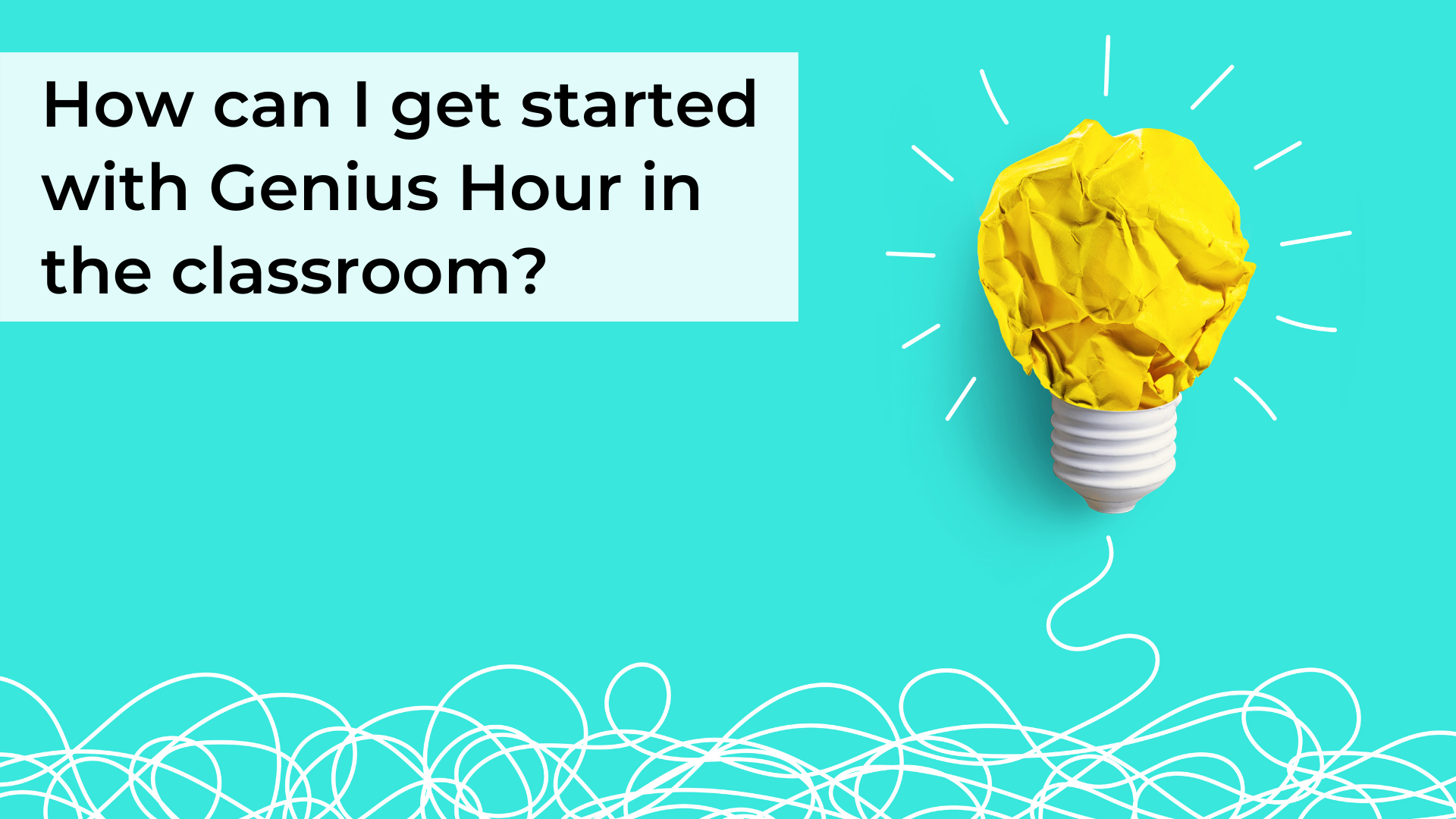
Getting Started with Genius Hour
During Genius Hour, students spend a designated amount of class time exploring their own interests. This strategy allows students to experience autonomy and use their voice. Learn more about some key considerations for Genius Hour and create a plan to get started!
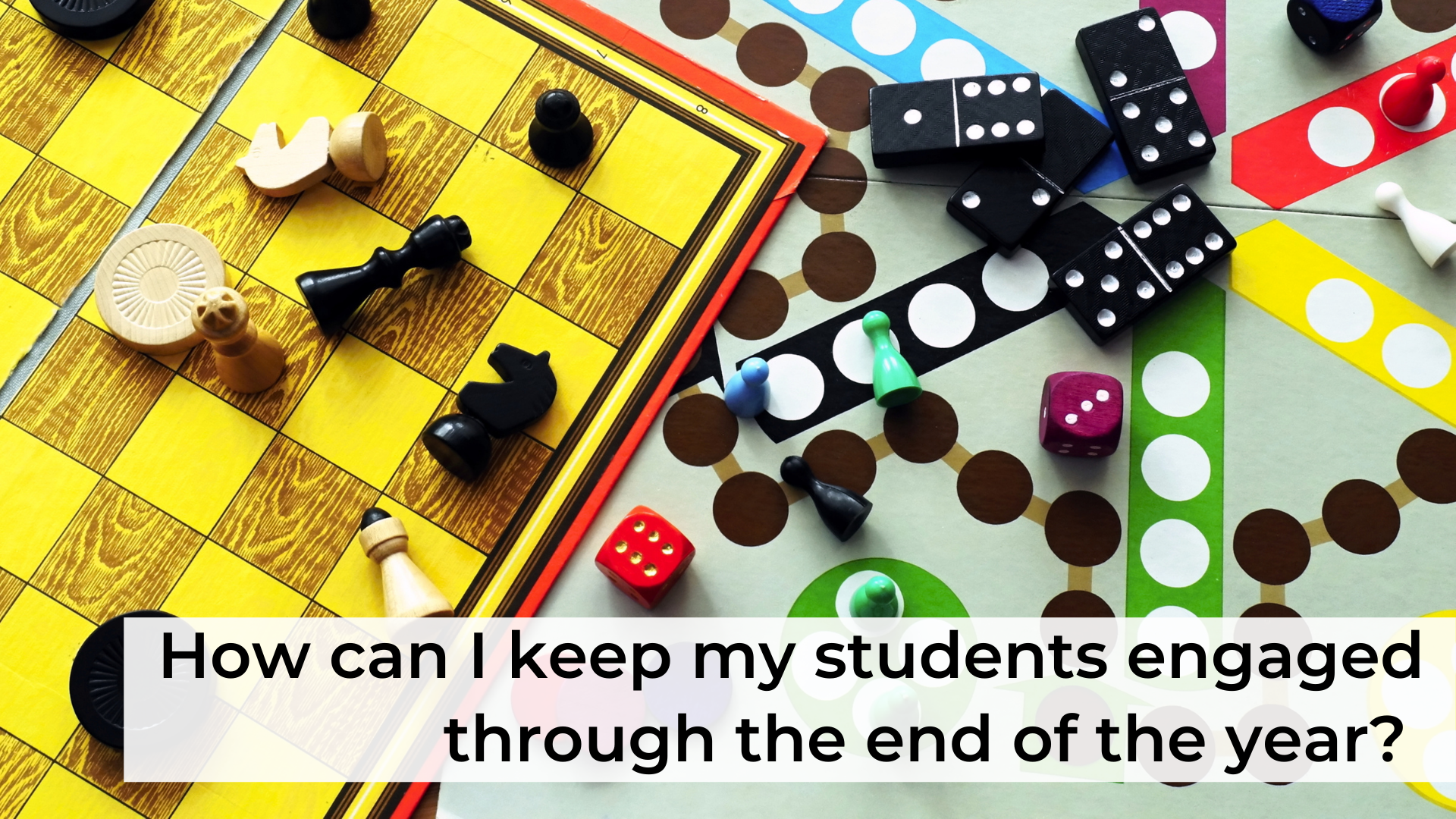
Maintaining Student Engagement Through the End of the Year
How can we maintain student engagement through the very last day? How can we make sure that even though grading is coming to an end, our work still has value? Read on for three practical approaches to engaging your students at any grade level through the end of the year.

Best Practices for Using Primary Sources in the Classroom
Textbooks act as gatekeepers, controlling the narrative by limiting content to a single perspective. Primary sources expand the narrative and allow students to understand content through multiple perspectives. Sarah Yoo shares best practices for enhancing teaching and learning with primary sources.
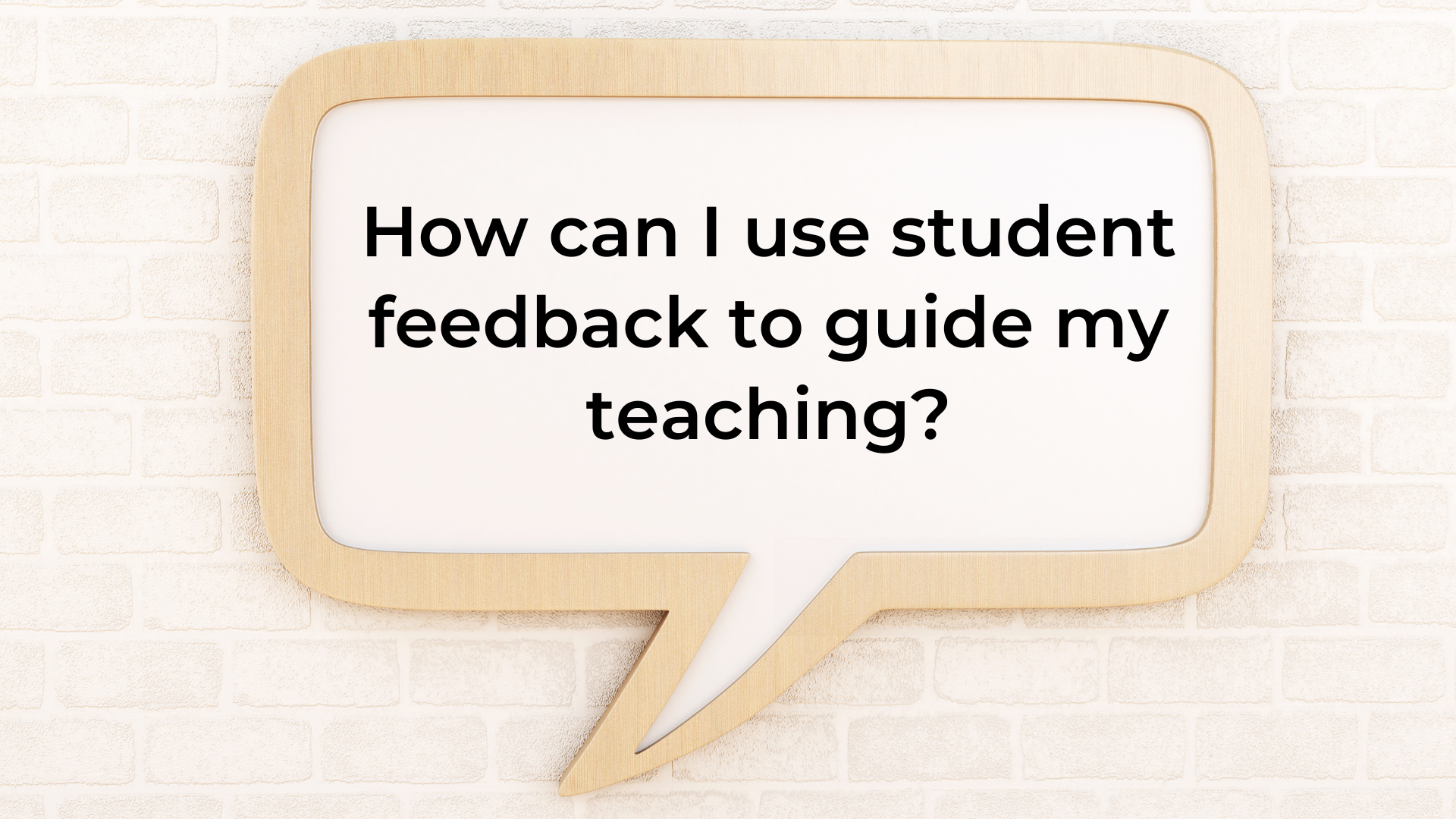
Using Student Feedback to Guide Teaching and Learning
It is so important to give students opportunities to evaluate their needs and provide feedback in the classroom. Kristen Klinger shares pointers to harness the power of student voice to guide your teaching.
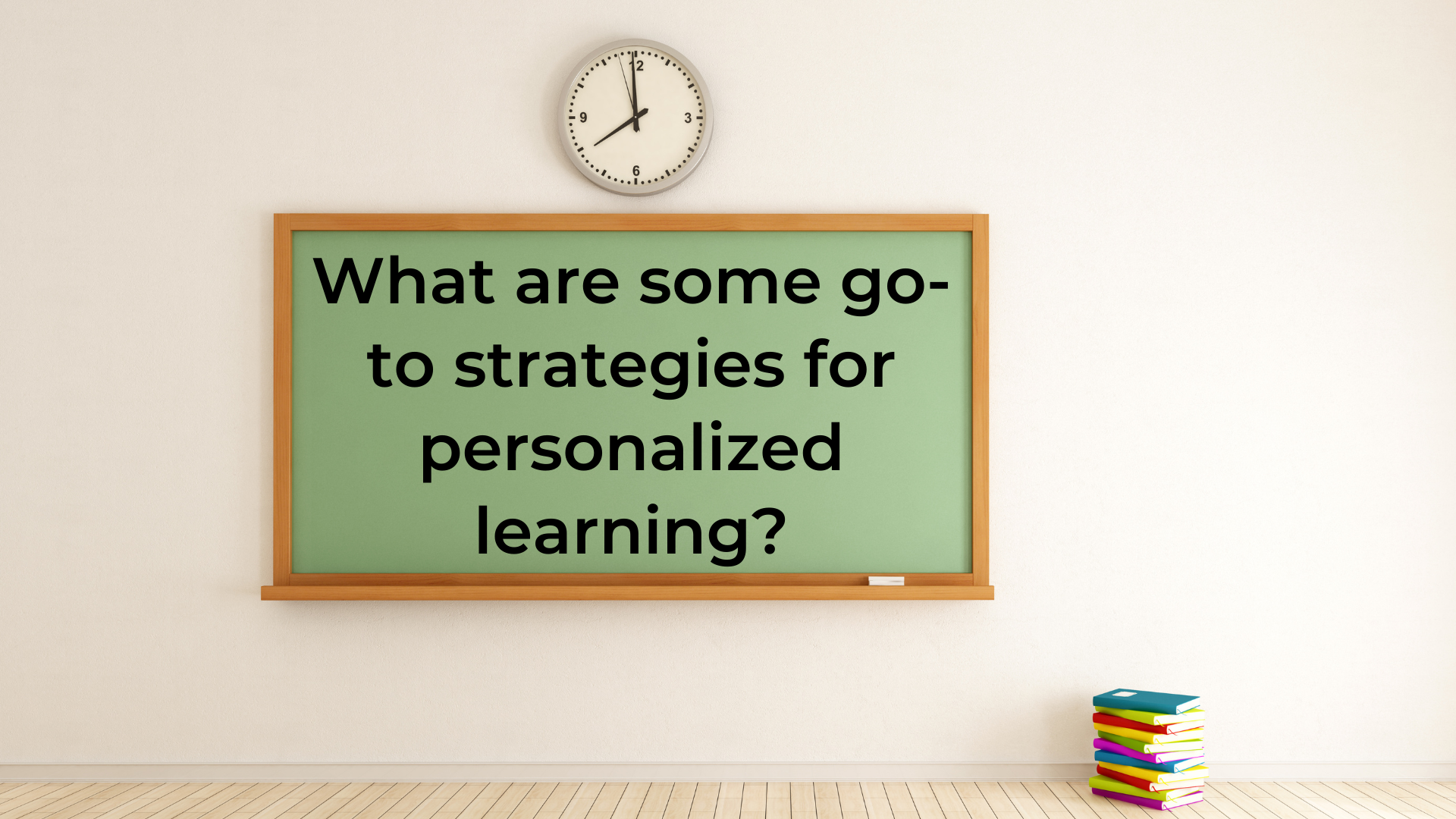
Go-To Strategies to Personalize Learning
It can be challenging to meet the needs of all students at once! We’re sharing some go-to strategies to use when working to personalize learning in the classroom.
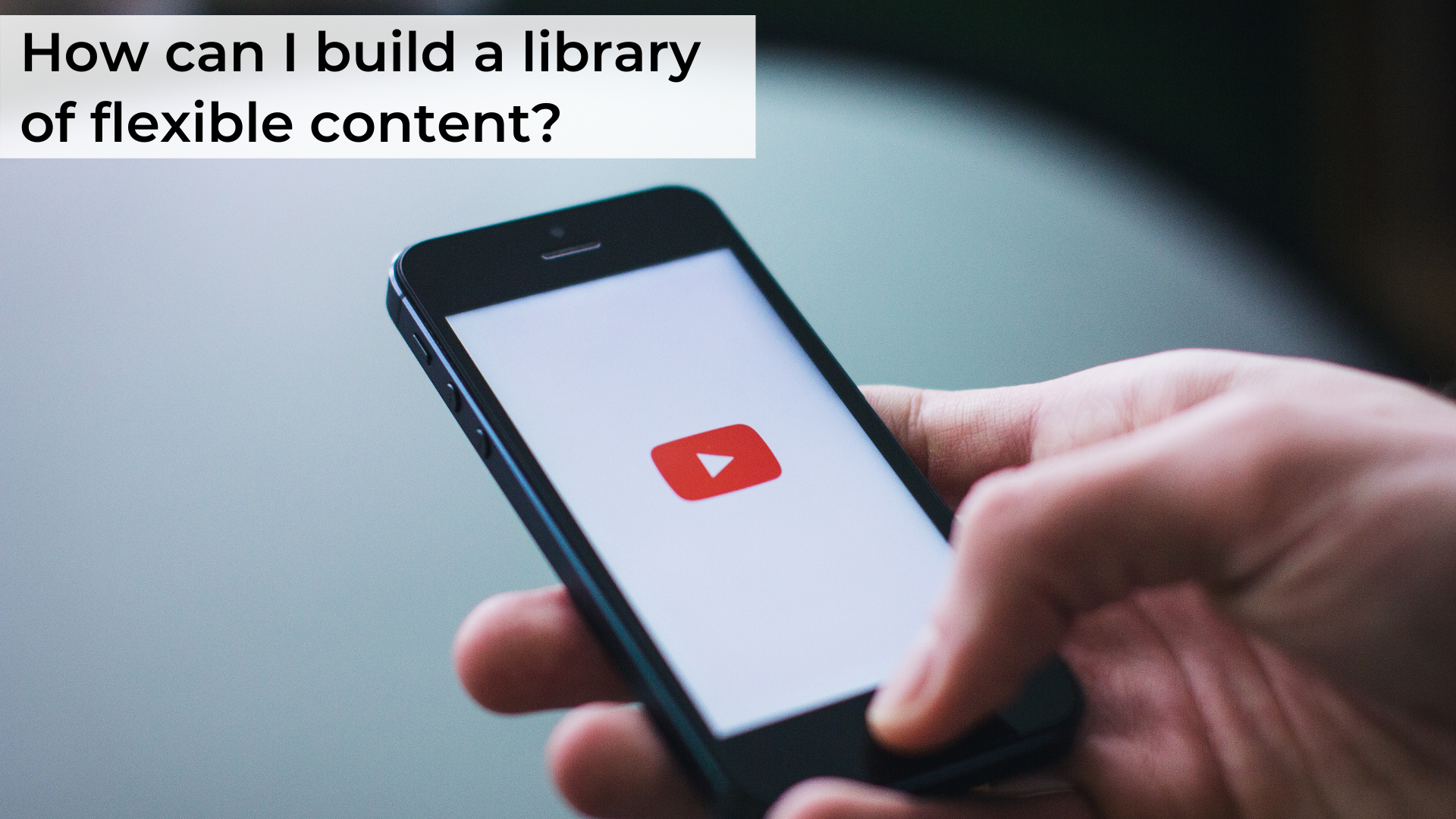
Creating and Curating a Flexible Content Library
Flexible content is key to personalized learning! We’re offering tips to create and curate resources that your students can use to access learning exactly when they need it, at any place and any time.
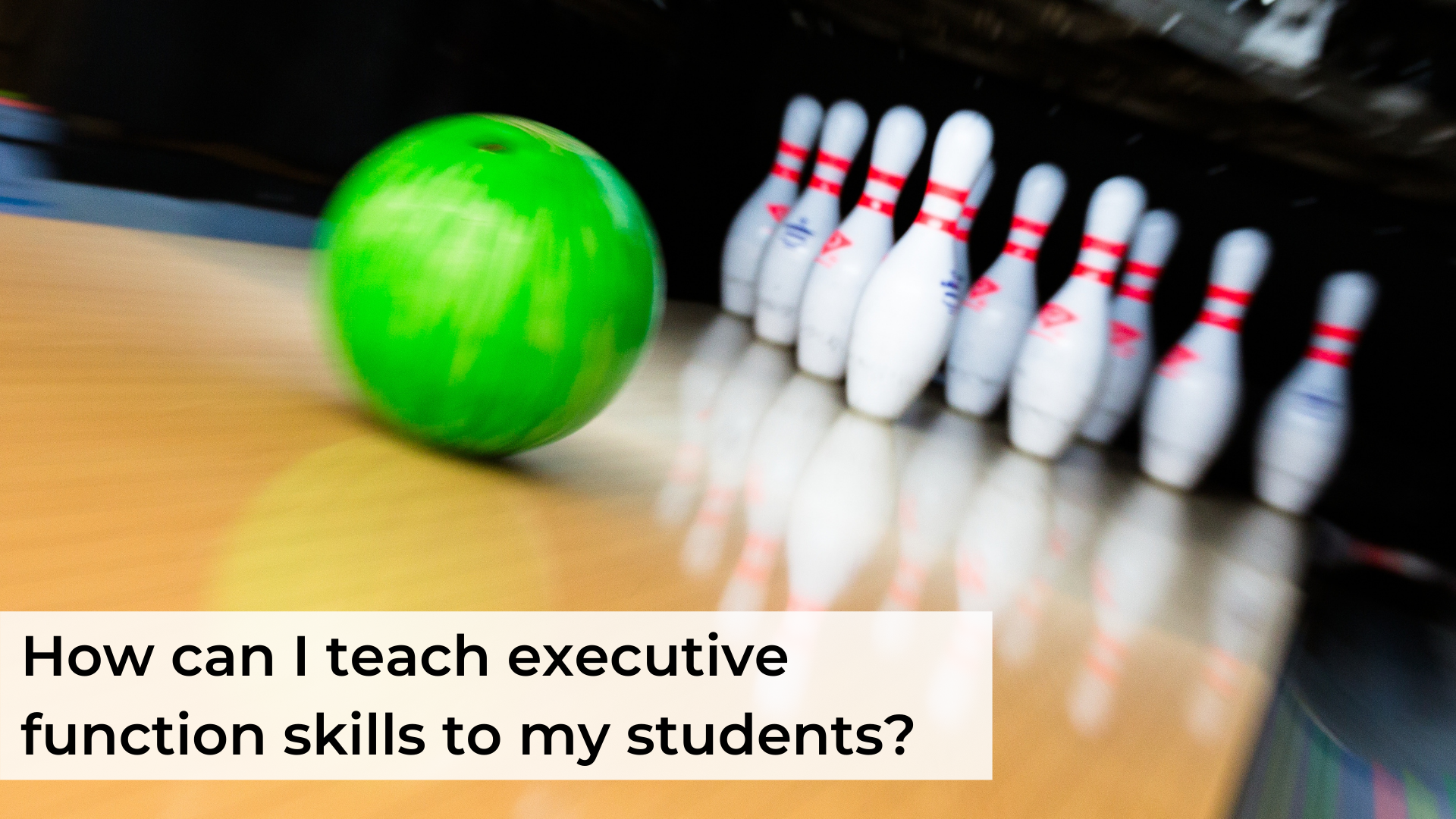
Executive Function in the Personalized Classroom
Many educators recognize the importance of personalized learning, but struggle with the practicalities of implementing it. In this post, we explore why executive functioning is so important in a personalized learning environment and share strategies to teach this important skillset.
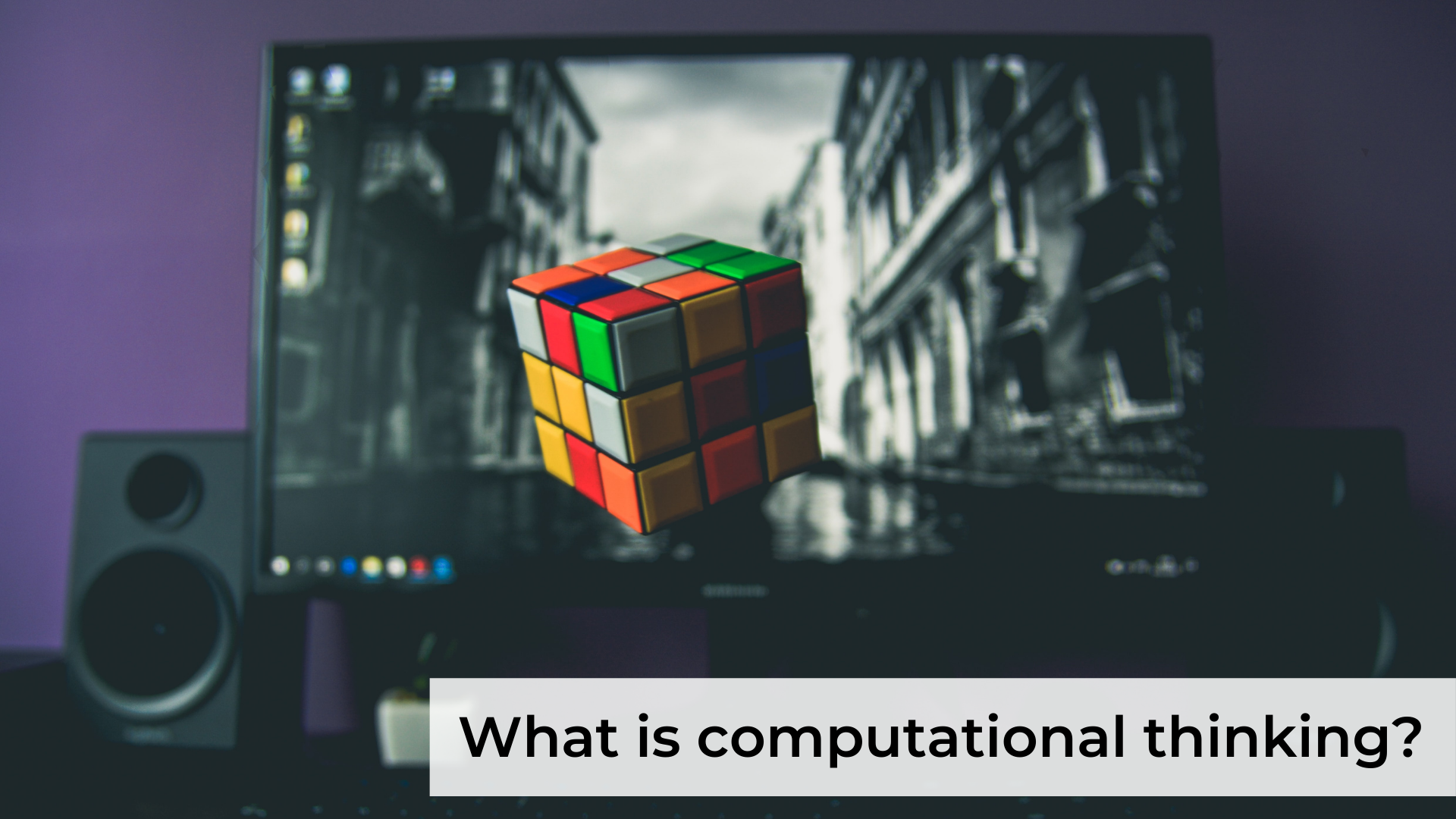
Computational Thinking
Computational thinking is important because it helps students develop basic level computer science skills. These skills allow students to harness the power of computers and digital technology to innovate and solve problems. This post helps educators understand the progression of computational thinking competencies in order to develop students’ ability to innovate.
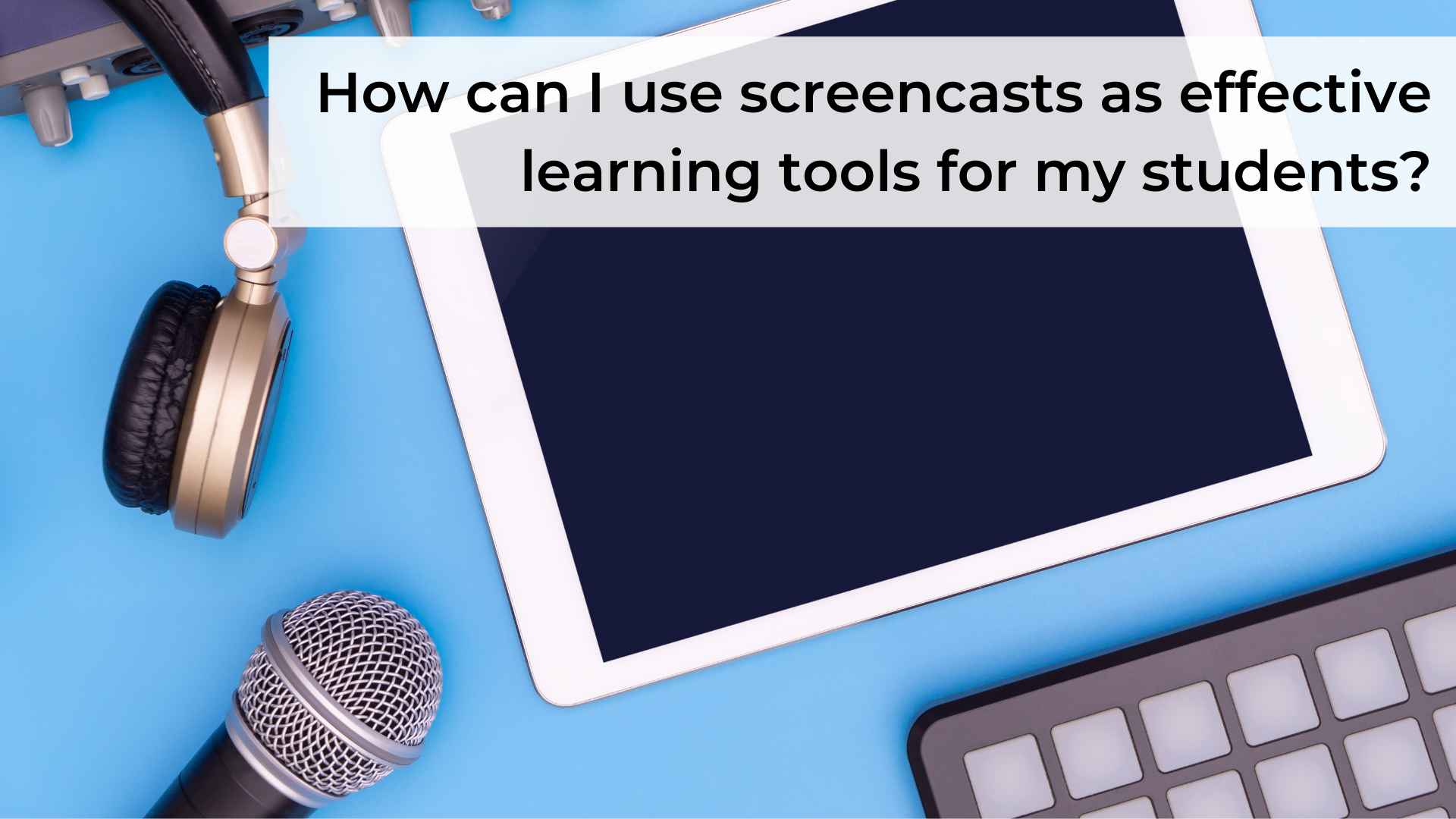
Screencasting in the Classroom
Screencasting can be beneficial for teachers, students, and parents in a number of ways. We’re sharing tips to help you to create engaging screencasts that provide your viewers with effective learning tools and support.

“Take it Easy. Don’t let the sound of your own wheels drive you crazy.”
Taking a measured approach and using the tech tools that work well for you and your students will move your classroom forward and prepare your learning community, even when you have to work at a distance from each other.

Starting Within: Overcoming Discomfort Surrounding Discussions about Race and Racism
Discussing racism can be extremely difficult, but it is our responsibility as educators to ensure that our students have a safe space to talk about race and racism. iTeach Coach Darius Williams shares how educators can overcome discomfort by starting within ourselves.
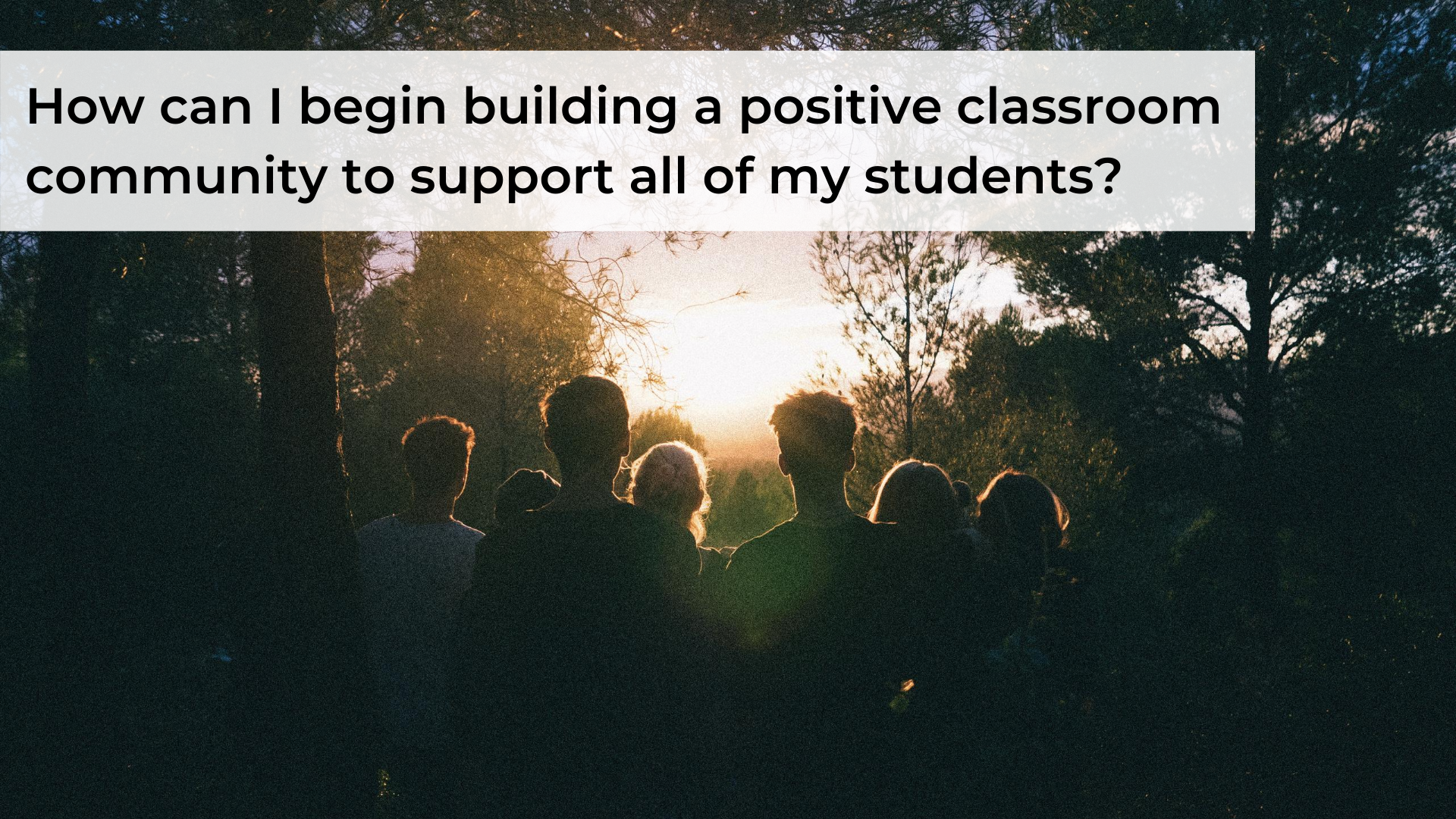
Building a Positive Classroom Community
A classroom should always feel like a safe space for all students, no matter the age. The beginning of the year is the perfect time to set the stage for this! In this post, we dive into several considerations to keep in mind when establishing a positive classroom community.
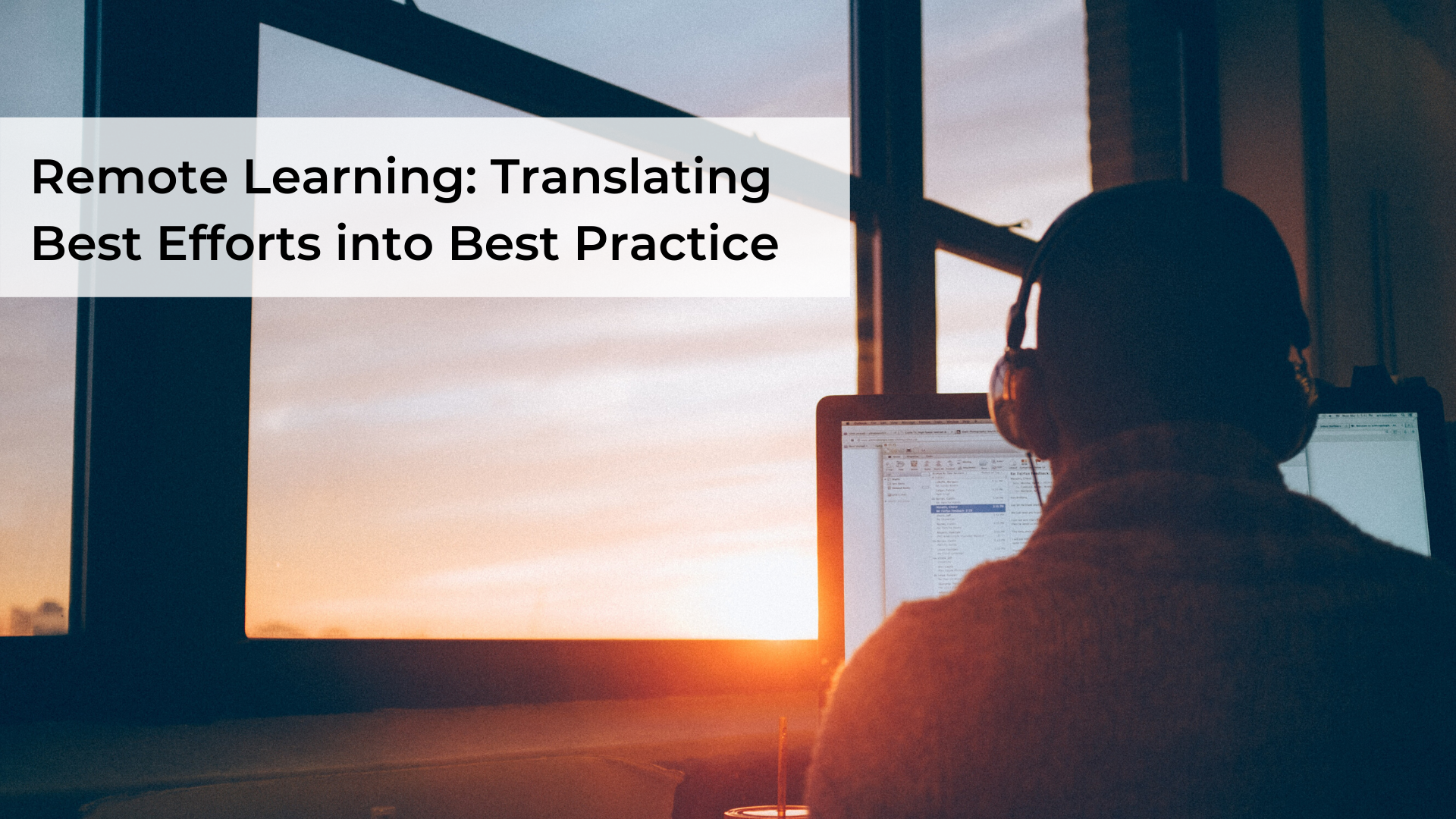
Remote Learning: Translating Best Efforts into Best Practice
Guest blogger Max Gertz reflects on remote learning and inspires teachers to use their past experiences as a driving force to transform remote learning.
